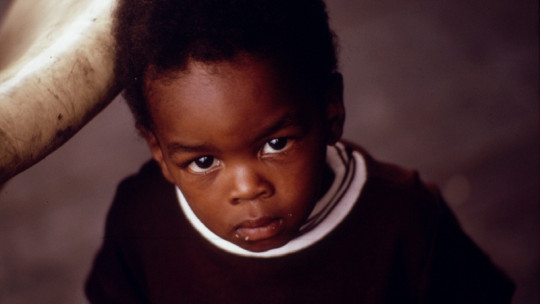The Clark Doll Test reveals the harmful effects of racial stereotypes and ethnic segregation in the United States.
The Clark Doll Test
The study shows us the damage caused by segregation and structural racism in the self-perception of children between six and nine years of age.
Background of the study
The Clark Wrist Test was performed by Dr. Kenneth Clark. The research wanted to bring to light the stereotypes and self-perception of children linked to their ethnic origin. Findings from Clark’s experience were used to confirm that racial segregation in schools could alter young people’s thinking about African Americans, causing them to internalize certain stereotypes that would give rise to xenophobic beliefs, both in white youth and, surprisingly, in black youth causing the latter to also reproduce certain ideas against blacks.
The test is famous for its relevance and the Social impact which he assumed, although it has been criticized that the test lacks experimental guarantees. Clark pointed out the contrasts between children who attend inner-city schools in Washington (DC) and those who attend integrated schools in New York City.
Clark’s evidence had a decisive influence on the Brown v. American Board of Education case in 1954. The investigation served to persuade the US Supreme Court that “separate but equal” schools for blacks and whites were on inequitable grounds. , and therefore were contrary to the law, which defended the integration and equality of children in school.
Methodology
During the experiment, Clark showed African American children ages six to nine two rag dolls, one of White skin (which corresponded to the image of a Caucasian person) and the other of black complexion (which corresponded to a black person.
The questions were presented in this order:
Results
The experimenters revealed that black children chose to play with white dolls more often When children were asked to draw a human figure with their own skin color, they usually chose a skin tone lighter than their own. Children attributed more positive adjectives to the color “white,” such as pretty and good. On the contrary, The color “black” was associated with the attributes of bad and ugly
The last question the scholars asked was one of the most controversial. Until that point, most black children had identified the black doll as “the bad one.” Among the participants, 44% indicated that the white doll was the one that most resembled themselves.
The researchers interpreted the results as evidence that black children internalized certain prejudices and racist stereotypes at a young age, caused by the discrimination and stigmatization generated by racial segregation.
Criticisms of the research
The Clark Doll Test has been criticized for having transcended thanks to the mediatization of its influence in the US Court case, with the study being pointed out as lacking prior theoretical depth and control of the variables.
Critics maintain that the study’s authors (Clark and his wife) They committed certain biases as it was a marriage of African-American ethnic origin which may have distorted the results to victimize people of color.









